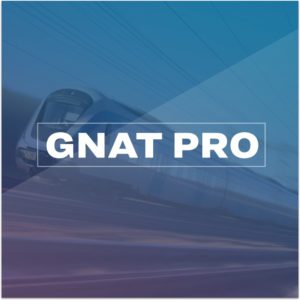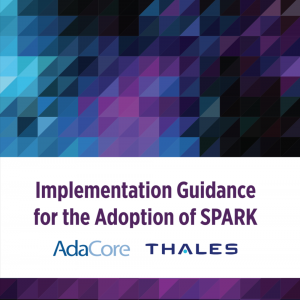
GNAT Static Analysis Suite: A Vision for Static Analysis in Ada
You may have noticed that over the past two years, we have made significant updates to our CodePeer product - the most visible change being the renaming of the product itself, now branded as “GNAT Static Analysis Suite”. For those who are already using the product and are looking to use the new version, it may be a good time to step back and share our vision, at AdaCore, for static analysis.











